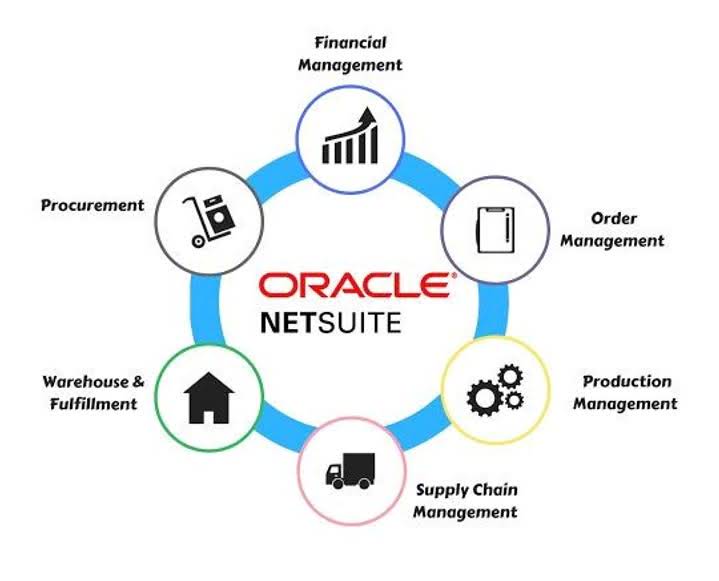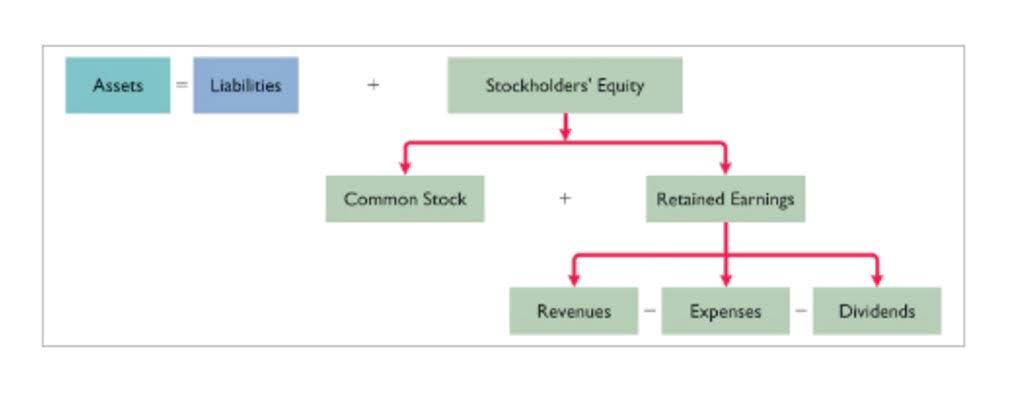
Generally, a high total asset turnover is better as it means the company can generate more revenue per asset base. A low total asset turnover means that the company is less efficient in using its asset to generate revenue. Since the total asset turnover consists of average assets asset turnover ratio and revenue, both of which cannot be negative, it is impossible for the total asset turnover to be negative.

Online Investments
Another way to interpret the asset turnover ratio is to analyze it in relation to the company’s growth rate and profitability margin. This can help to evaluate the company’s overall performance and efficiency. On the other hand, if the company has a low asset turnover ratio and a low growth rate, it may suggest that the company is stagnating, wasting its resources, and earning low returns on its investments. Similarly, if bookkeeping the company has a high asset turnover ratio and a low profitability margin, it may imply that the company is operating in a low-margin industry, facing price competition, or sacrificing quality for quantity. A total asset turnover ratio of 2.0 means that Emerald generated $2 in sales for every $1 of assets.
#1 – Inventory Turnover Ratio
The higher the ratio is, the more efficiently a company is generating sales from its asset base. Comparisons to the ratios of industry peers can gauge how a company fares against its competitors regarding its spending on long-term assets (i.e. whether it is more efficient or lagging behind peers). Now that you understand the definition of operating asset turnover, we can discuss how to calculate the operating asset turnover ratio. Similarly, if a company doesn’t keep reinvesting in new equipment, this metric will continue to rise year over year because the accumulated depreciation balance keeps increasing and reducing the denominator.
- Here are five real company examples across different sectors, including their financial statements, detailed calculations, and interpretations of their Asset Turnover Ratios.
- Retail and consumer staples, for example, have relatively small asset bases but have high sales volume; thus, they have the highest average asset turnover ratio.
- By understanding these metrics, you can make more informed decisions about investing in or managing a business.
- The main limitation of asset turnover ratio is that it does not account for profitability.
- However, it is a closely related metric that can impact profitability, as more efficient use of assets can lead to increased sales and profits.
- A business may have a high asset turnover ratio, but still have low profitability if its costs are high or its margins are low.
- Compare the asset turnover ratio of the company of interest with the average, median, or range of the asset turnover ratios of the peer group or sector index.
How to Interpret Fixed Asset Turnover by Industry?
The company should either replace such assets and look for more innovative projects or upgrade them so as to align them with the objective of the business. We have prepared this total asset turnover calculator for you to calculate the total asset turnover ratio. The total asset turnover ratio tells you how much revenue a company can generate given its asset base.

What are operating assets?
This can help to identify the company’s strengths and weaknesses, as well as the opportunities and threats it faces. For example, if the company has a high asset turnover ratio, it may imply that the company has a low level of debt, a high liquidity, and a low risk of insolvency. On the other hand, if the company has a low asset turnover ratio, it may indicate that the company has a high level of debt, a low liquidity, and a high risk of insolvency. Similarly, if the company has a high asset turnover ratio, it may suggest that the company has a high growth potential, a high flexibility, and a high ability to adapt to changing market conditions. Conversely, if the company has a low asset turnover ratio, it may signal that the company has a low growth potential, a low flexibility, and a low ability to adapt to changing market conditions. We will explain the formula and the data sources for calculating the asset turnover ratio, as well as the different types of assets that can be included or excluded from the calculation.
- On the other hand, if the company has a low asset turnover ratio and a low growth rate, it may suggest that the company is stagnating, wasting its resources, and earning low returns on its investments.
- Generally speaking, a higher ratio is a more desirable outcome for most businesses.
- Outsourcing would maintain the same amount of sales and decrease the investment in equipment at the same time.
- This means that for every dollar of assets, the company is generating $2 in revenue.
- The following example outlines the steps and information needed to calculate the Fixed Asset Turnover Ratio.
- Also, compare and determine which company is more efficient in using its fixed assets.
- Thomas’ experience gives him expertise in a variety of areas including investments, retirement, insurance, and financial planning.
A higher ratio indicates greater efficiency in using assets to generate revenue, while a lower ratio may suggest underutilization of assets. For comparison, if a similar company in the same industry has a ratio of 1.5, then Emerald is performing better in asset utilization. However, if competitors have a ratio of 3.0, then Emerald may need to improve its operational efficiency to maximize revenue from its asset base. The total asset turnover ratio compares the sales of a company to its asset Accounting Security base. The ratio measures the ability of an organization to efficiently produce sales, and is typically used by third parties to evaluate the operations of a business. Ideally, a company with a high total asset turnover ratio can operate with fewer assets than a less efficient competitor, and so requires less debt and equity to operate.
Asset Turnover Ratio: Overview, Uses, Formula, Calculation, Comparison, Limitations
With this operating asset turnover calculator, you can easily calculate the operating asset turnover of a company. The operating asset turnover is a metric that will help you analyze a company’s operational performance in generating revenue. Please feel free to check out our total asset turnover calculator and fixed asset turnover calculator to learn more about this topic. Fixed assets are long-term assets that are used in the operation of the business, such as buildings, machinery, equipment, and vehicles. While fixed assets are essential for the production and delivery of goods and services, they also require significant investments and maintenance costs, and may depreciate over time.
What Is Turnover Ratios Formula?
Both are critical metrics, with the former emphasizing operational performance and the latter highlighting profitability. In summary, while both ratios provide insights into how well a company uses its assets, ROA offers a more complete picture by factoring in profitability. Combining these two ratios can help investors assess both operational efficiency and the profitability of a business. A high total asset turnover means that the company is able to generate more revenue per unit asset.

How to Calculate Fixed Asset Turnover Ratio?
- We recommend that you review the privacy policy of the site you are entering.
- However, different accounting methods may affect how revenue and assets are reported, which may lead to different asset turnover ratios for the same business.
- The graph from Strike shows that Reliance Industries’ asset turnover ratio declined over a 10 year period from 0.8 to 0.54.
- This means for every dollar of assets, Company ABC generates $2.50 in sales.
- Asset turnover is a useful metric to measure how efficiently a business is using its assets to generate revenue.
Several factors can influence the Asset Turnover Ratio, making it important to look at this metric in conjunction with other financial indicators. Calculating the Asset Turnover Ratio is relatively simple, but the accuracy of the result depends on the quality of the data. The ratio can also change significantly from year to year, so just because it’s low one year doesn’t mean it will remain low over time. • Accounts receivable are accounts that hold expected revenues that come from when customers use credit to buy goods and services.